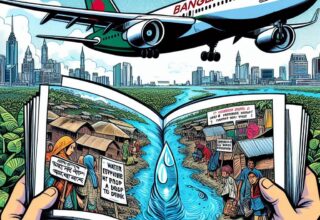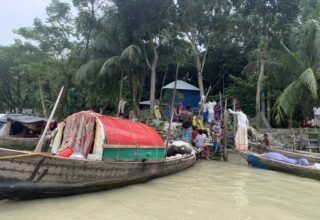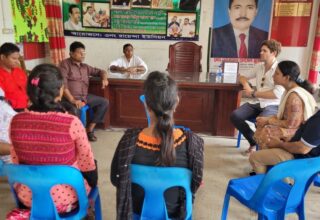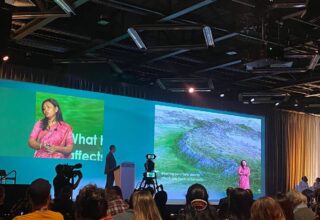
People living in remote areas in the Chittagong Hill Tracts (CHT) are more vulnerable to lack of adequate and safe water. Many people are experiencing severe water shortages due to the degradation of natural resources, including streams, and the unsustainable depletion of forest resources.
This situation worsens in the dry season and persists from February to May due to a reduction in natural stream flow. During the monsoon, when the streams are at their most turbid from heavy mud deposition, communities are again unable to access the water.
Nowadays, the increased susceptibility to droughts, floods, and irregular rainfall caused by climate change is most remarkable in hilly areas.







